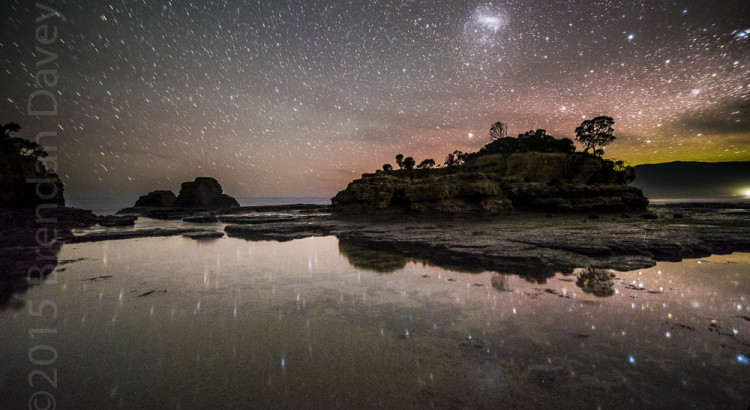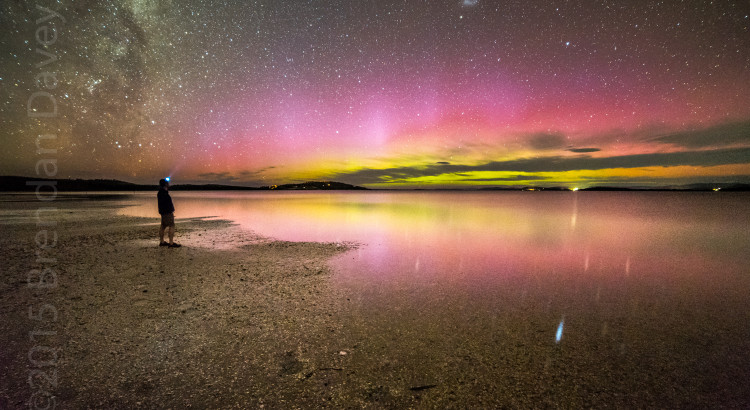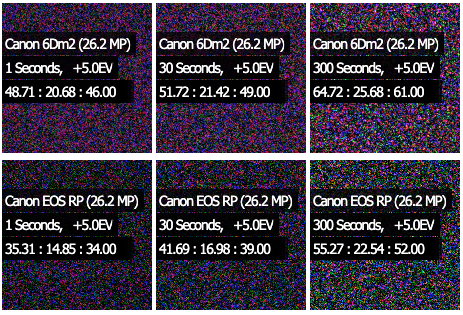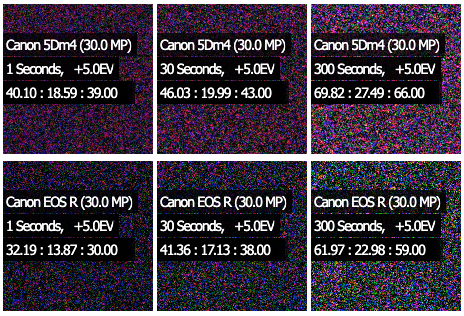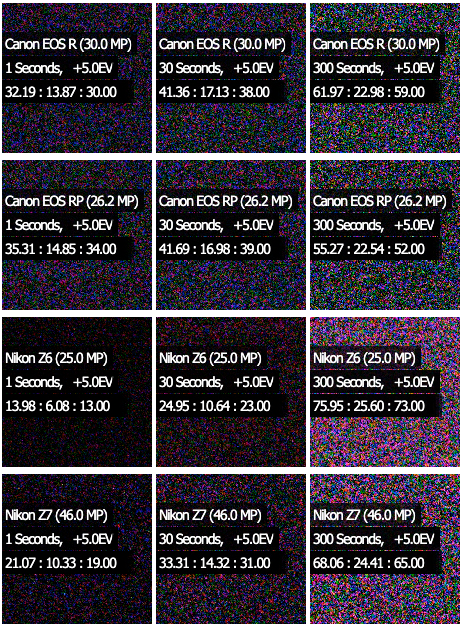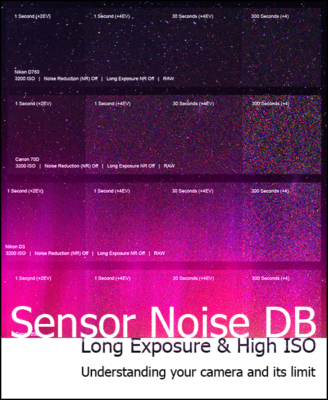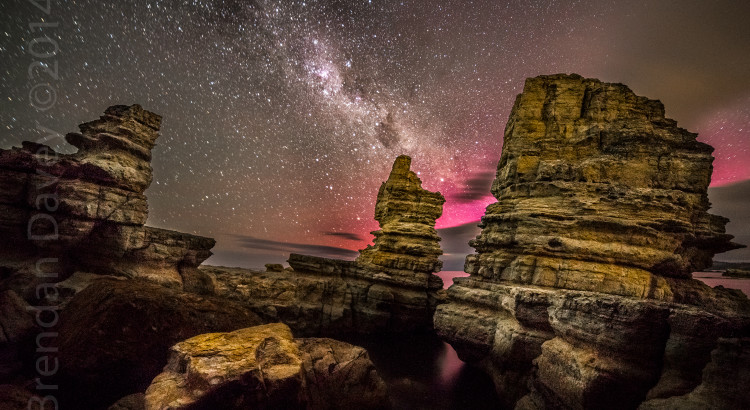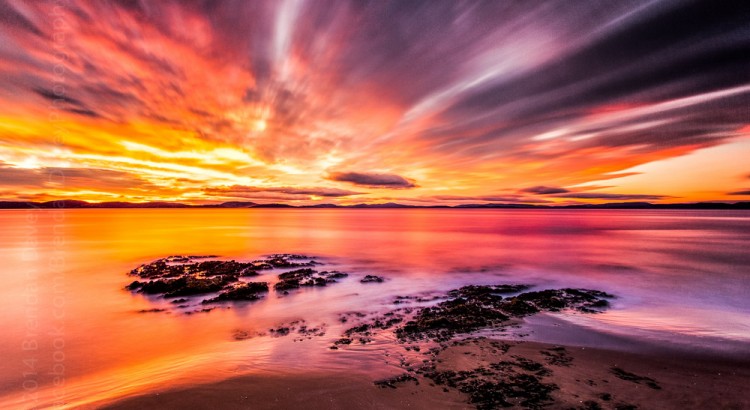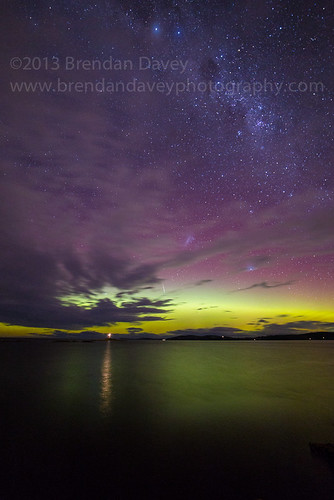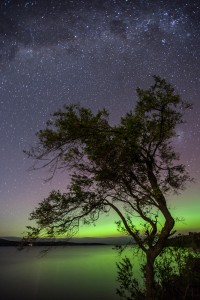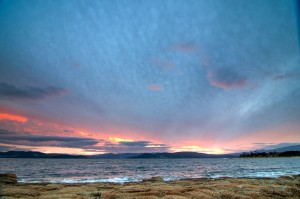There has been a lot chatter about the A7 mark 3. Both the previous models were excellent low light performers, although there was some discussion in the Astro community they were eating stars. With the introduction of a BSI sensor could this be the camera for you?
Having recently tested the Panasonic S1 I was very interested to see how the A7 III performs, as most people are saying it’s currently a 2 horse race between these two cameras.
Well I happy to say the A7 performs very well, It’s clear that the BSI sensor is much more uniform than previous models and it has significantly less noise.
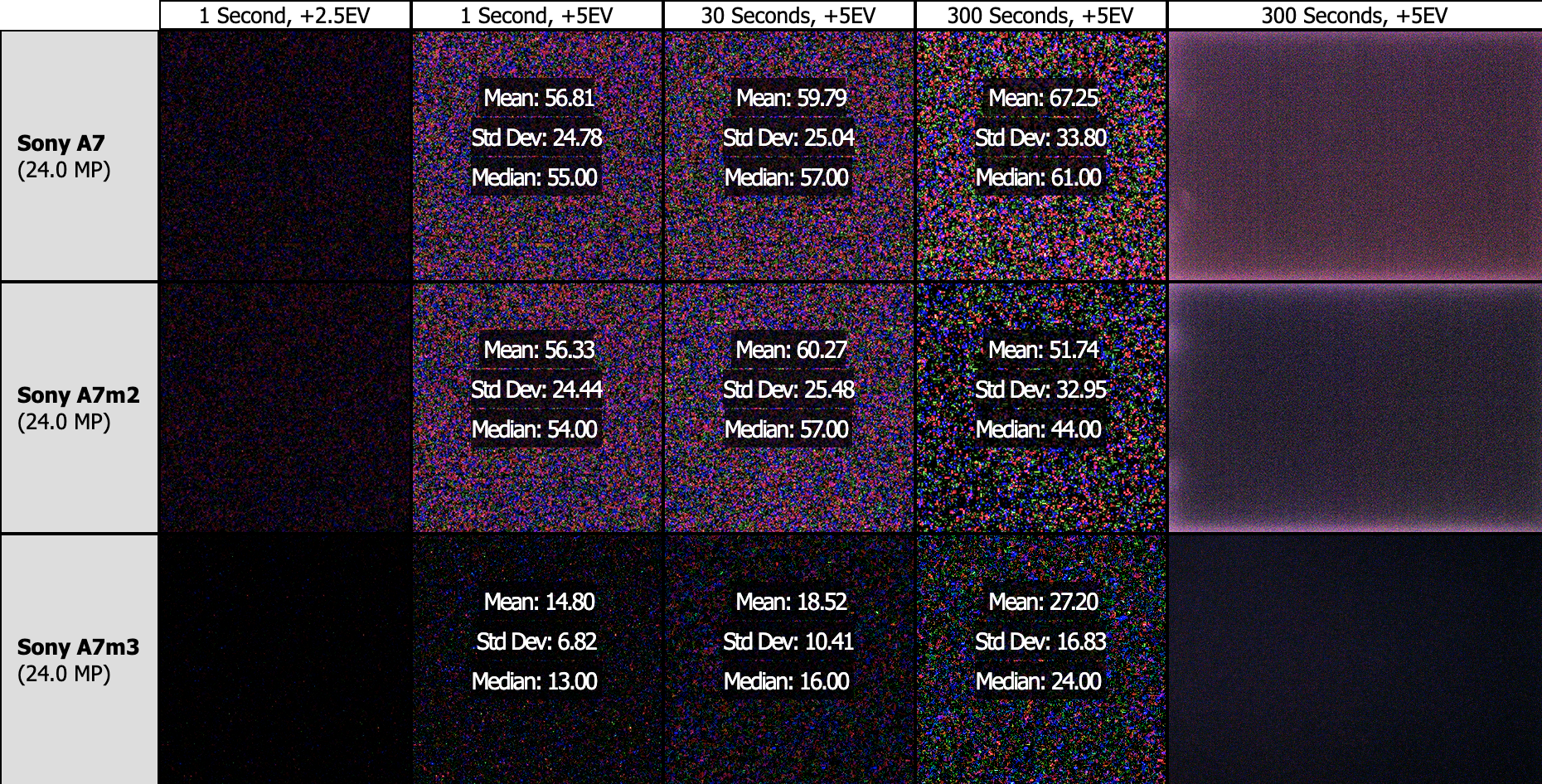
When comparing it to it’s competition it stacks up very well. It performs very close to the S1, and surprisingly at 5 minutes there is almost nothing in it. The EOS R is the worst of the pack and the A7III is significantly better right across the exposures tested.
I am not sure if the Z6 and the A7III share the same sensor. Getting 100% confirmation on this is very hard, some articles are saying they are the same, while in others the number of raw pixels is slightly different, so maybe they are not. If they are then the 5 minute exposure time could show aggressive NR from Sony. However there have reports that the A7III is not suffering from the star eating problem that previous models had, well not completely it depends on what you read, but it’s better. So you can draw your own conclusions about the Z6 and the A7III sharing the same sensor.
It would be more consistent to conclude the S1 and A7III share the same sensor than the Z6. With many saying this is the case less with only the phase detection pixels removed in the S1. The difference in noise could easily come down to RAW images algorithms, and sensor production variation. It will be interesting to see how the A7RIII and S1R compare.
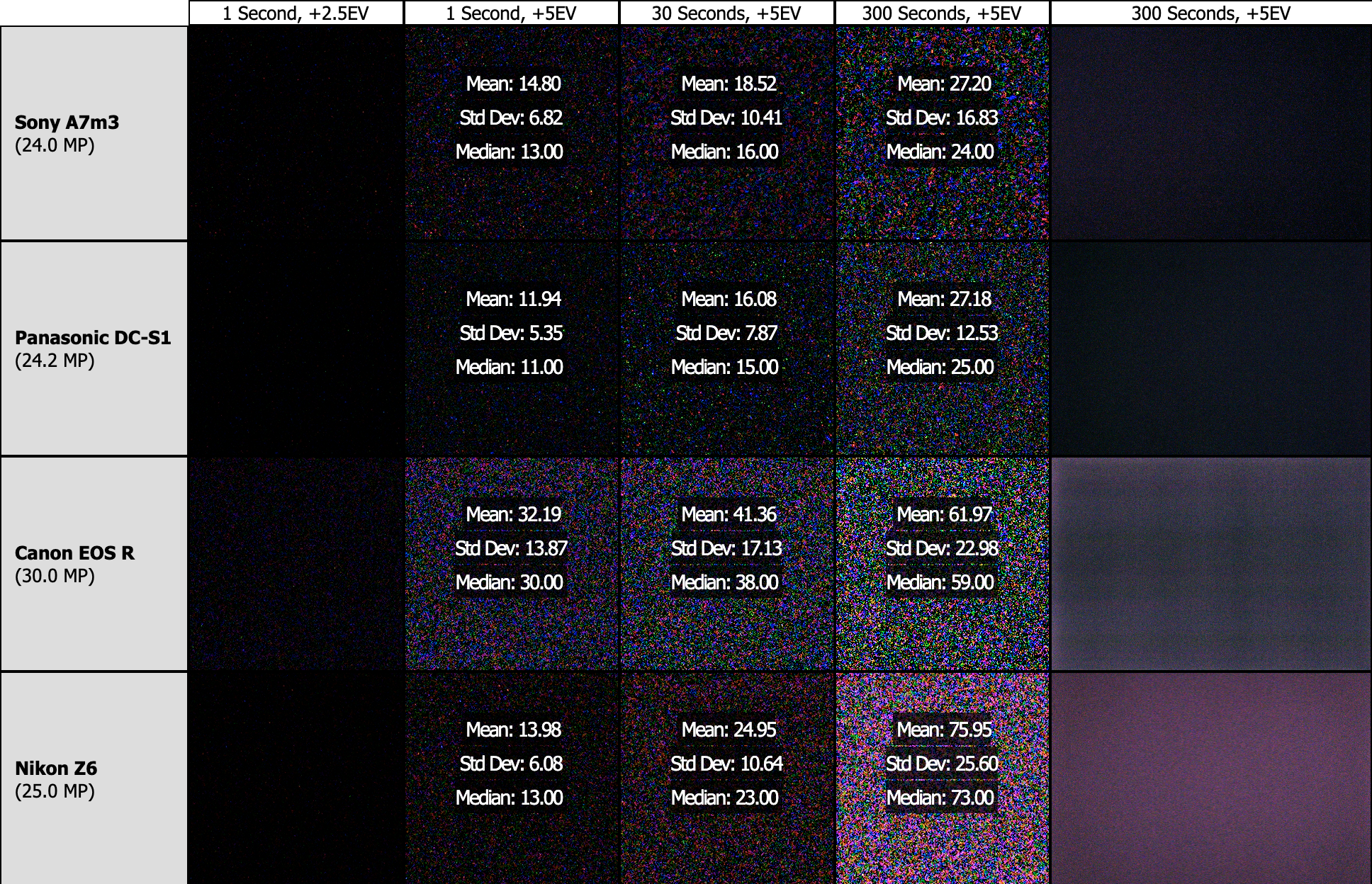
In my opinion if you currently own Sony gear the upgrade path is a no brainer, the A7III. if you don’t other factors such as cost, lens availability and other camera features are more likely to be a factor if you are leaning to the S1.
It’s also worth noting that ensuring testing temperature is very difficult and this or a future firmware upgrade could easily tip the scales to either the A7III or the S1 or even the Z6. What can be done with a firmware upgrade is amazing. Either way both the A7III and the S1 are excellent long exposure performers and should perform very well.
If you would like to find out more about the Sensor DBclick here.
